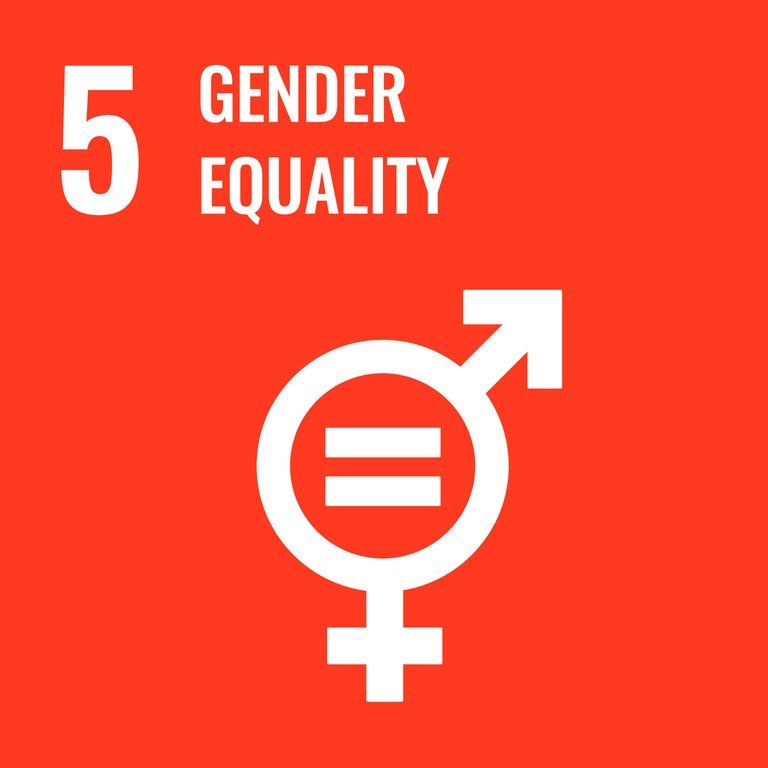This is just one way that the de facto authorities have restricted women and girls’ fundamental rights. Today, Afghanistan has the second largest gender gap in the world after Yemen.
“Sometimes I wonder how to remain hopeful in these dark circumstances,” said Fariba, whose name was changed to protect her.
Afghanistan is not the only country where gender equality is losing ground. Worldwide, one in four countries is experiencing a backlash against women’s rights.
These are the challenges that UN Women confronts on its 15th anniversary, making its mandate and work more urgent than ever.
“This is not the moment to pull back. It is the moment to step forward,” said Sima Bahous, the agency’s Executive Director.
Progress in peril
Established in July 2010, UN Women is currently working in 80 countries to empower women and girls to achieve their full potential.
Despite previous hard-won gains in accessible education for girls and advocacy for legal rights, funding for gender equality is drying up and progress is moving at a snail’s pace.
One in 10 women and girls lives in abject poverty, something the world will not eliminate for another 137 years at the current rate.
The number of women living near and in conflict zones has doubled in the past decade, putting them at greater risk of gender-based violence, food insecurity and malnutrition.
Additionally, 103 countries have never had a female Head of State, and gender parity in top governmental leadership will not be achieved for another 130 years.
While a digital revolution and increasingly high-powered artificial intelligence is sweeping the world, the gender digital divide is widening, making it hard for women and girls to access the tools around which the future will be built.
However, despite such bleak circumstances, or perhaps because of them, UN Women continues to be a “powerhouse for gender equality and women’s empowerment”.
War and peace
Over 600 million women and girls live within 50 kilometres of a conflict, making them key stakeholders in any peace building process. More than that, evidence suggests that peace processes with women signatories are more durable.
Despite this, between 2020 and 2023, 80 per cent of peace talks did not include women.
However, in some countries, there are promising shifts towards great gender inclusion and parity in peace-related activities.
For example, in Ukraine, demining, a profession which has historically excluded women due to normative perceptions of danger, is attracting more women.
“What seems ‘not a woman’s job’ may turn out to be your mission,” said Tetiana Rubanka, the head of a demining team there.
This is especially important in Ukraine, where the UN Mine Action Service (UNMAS) estimates that at least 20 per cent of land is contaminated with unexploded ordnance.
A collective voice
Despite clear proof that quotas in government work to ensure gender parity, women remain excluded from many policy making conversations.
Because of this reality, UN Women works to support collective action by and for women whose voices are heeded more when they speak together.
In the Pacific, women make up the majority of vendors at markets, but the markets themselves are managed and run by municipal councils, which tend to be predominantly made up of men. In the past, this meant that women’s concerns, including poor ventilation, security concerns and refrigeration infrastructure, went unaddressed.
With the support of a UN Women project launched in 2014, over 50,000 women vendors have formed associations that enable them to bargain collectively and achieve lasting changes.
“We are not ordinary women who have nothing. We are women who are important. We just never thought of it that way in the past,” said Joy Janet Ramo, the head of a vendors’ association in the Solomon Islands.

SDG 5
SDG 5: EMPOWER ALL WOMEN AND GIRLS
- End all forms of discrimination and violence against women and girls
- Eliminate such harmful practices as early and forced marriages and female genital mutilation
- Adapt and strengthen legislation to promote gender equality and empower women and girls
- Ensure women’s full and effective participation and equal opportunities for leadership in political, economic and public life
- Ensure universal access to sexual and reproductive health care
Globally, almost half of all married women currently lack decision-making power over their sexual and reproductive health and rights.
Finding hope
In Afghanistan, there are over 80 edicts that curtail women and girls’ fundamental rights, or 80 ways in which their potential is being restricted and 80 reasons to lose hope.
“The colours of the rainbow have dimmed in my life, and I no longer see any colours to paint,” said Anita, a woman who used to be an artist and a teacher.
But still, they refuse to lose hope, instead forming local grassroots organizations that work to promote women’s leadership and prepare them for a time when they can again enjoy fundamental rights.
Currently, there is a $420 billion annual gap in financing for gender equality globally, making the work of UN Women increasingly untenable. But, after 15 years, the agency insists that it is “doubling down” on the commitment to gender equality.
“My fellow women: never lose hope in the ups and downs of life, in the lows and highs,” Anita said.
